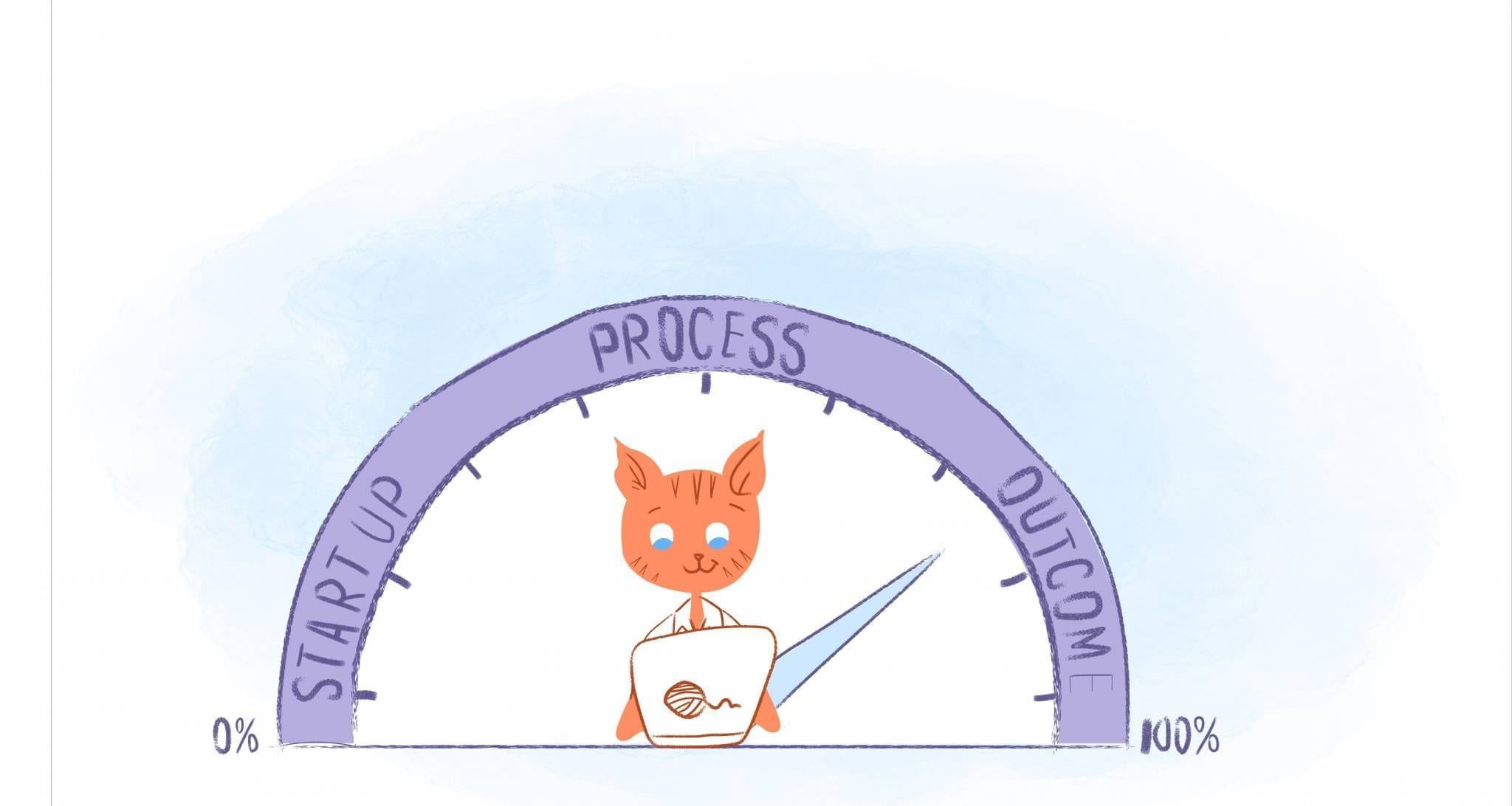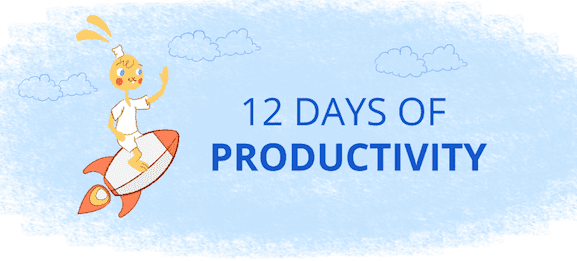

The world is experiencing a quiet revolution. It’s not taking place in the halls of political power or the streets of some faraway city. Rather, it’s happening in factories, ports, construction sites, and offices across the planet.
We’re talking about the productivity revolution. Many of us are only just waking up to it as next-generation technologies work their way into our daily lives. But, it’s been going on for quite some time.
Since 1979, worker productivity has increased by about 60%, according to the Economic Policy Institute. This surge has helped push down prices for durable consumer goods like TVs, washing machines, and services like air travel.
It has also been great news for the workers who utilize technology to drive productivity. Many of us can do our jobs more efficiently than ever before, giving us more time to truly disconnect from work — which, for many of us, is the reason we work in the first place.
[Related: What is Productivity Management and Why Is It Important]
The Productivity Revolution Is Transforming These 3 Economic Sectors
Most of the productivity gains we’ve seen since the 1970s can be traced back to industrial automation, systems automation, personal computing, and the first two phases of the Internet’s development (Web 1.0 and 2.0).
That’s about to change in a big way. In fact, recent advances in artificial intelligence and Internet of Things (IoT) technology are already shaking things up in three critical parts of the economy: the automotive industry, the finance industry, and the healthcare industry. Here’s what’s happening right now — and what we can expect from the productivity revolution in the very near future.
1. The Automotive Industry
If you own a car built in the last ten years or so — especially during this productivity revolution — you already know this is not your grandparents’ automotive industry. And if you haven’t said it yourself, you’ve almost certainly heard someone comment that new cars are no longer just personal transportation but cutting-edge technology products.
Technology has indeed transformed the driving experience for the better (unless you’re a diehard gearhead). But if you pardon the expression, much more is going on under the hood. The typical driver doesn’t see — and probably wouldn’t be able to comprehend — the sheer amount of digital wizardry behind even the simplest-seeming automotive operations.
Take the act of opening a car door. This is now a touchless process for owners of some high-end vehicles. It’s accomplished with a couple of taps on a mobile app. This seems simple enough. However, much more goes into it than physically tugging on an old-fashioned door handle — like millions and millions of bits of data.
Innovating to Meet Consumer Demands
A cohort of companies work behind the scenes to make it happen. For example, BMW works with HiveMQ’s automotive solutions unit to streamline its connected-car features, including remote door opening. With HiveMQ’s help, BMW cut its app’s door-opening time from 30 seconds to less than one second. Therefore, this makes the process faster and easier than the old-school way. The automaker uses other cutting-edge IoT applications enabled by HiveMQ’s MQTT platform, from personalized in-vehicle experiences to remote diagnostics and predictive maintenance. All of these have zero tolerance for downtime, which can be a safety risk for automobiles.
IoT is increasingly important in automotive manufacturing processes as well. Modern assembly lines use Internet-connected robots, conveyors, and status monitors to improve quality, enhance efficiency, and reduce operational downtime.
Each connected device delivers high-frequency data to line operators. This alerts them to potential problems before they show up in the quality assurance department — or, worse, pass undetected through the supply chain. This data is a lifesaver in a capital-intensive industry that depends on predictable margins. It reduces the need for costly line shutdowns and even more expensive recalls that can durably damage consumer trust.
2. The Finance Industry
Most big banks and insurance companies shy away from undue risk, which makes all the sense in the world. But that doesn’t mean they’re unwilling to contribute to the productivity revolution by adapting proven technologies that make their work more efficient and profitable.
Some of these technologies have no direct impact on consumers, but many do. Take mortgage lending, for example. Applying for a mortgage can be a stressful, time-consuming, high-stakes process for borrowers. In far too many cases, it still involves reams of paper, hours of phone calls, and face-to-face meetings with loan officers. Many consumers know this going into the process and don’t bother to shop around for better deals, even if it means paying thousands more than they should over a 15- or 30-year loan term.
Simplifying the Process for Consumers
That’s the massive pain point solutions like MeridianLink’s automated mortgage loan origination system can solve. It’s a scalable, cloud-based platform with a built-in price engine. Additionally, its seamless API integrations enable rapid and secure document sharing and signing. For consumers, that means less time spent managing paperwork and more time to devote to the fun parts of homebuying: browsing listings, touring properties, and measuring the drapes.
These applications directly benefit financial institutions, especially smaller ones squeezed by multinational banks and low-overhead correspondent lenders. Reducing the amount of time and attention loan officers need to give individual applicants makes them more productive. In other words, they level the playing field for credit unions and community banks, both of which have a significant impact in the productivity revolution.
Many local institutions serve under-resourced populations in rural and urban communities, groups that have historically been targets for predatory lenders. Intelligent automated loan origination tools make it practical and profitable for community-focused lenders to expand credit access. Needless to say, this gives more people a shot at the American dream.
Financial institutions benefit from automated loan origination platforms and similar backend productivity solutions in other ways. For example, these tools enable distributed and remote teams to work more closely alongside office-based underwriters, whose sign-off is required for loan funding. They also allow secure file-sharing and document signing, reducing the institution’s compliance risk and associated financial liability. Minimizing friction throughout a notoriously delay-prone process means fewer closings get pushed back due to clerical errors like missing or incomplete loan disclosures.
3. The Healthcare Industry
Like the financial industry, the healthcare sector has a well-deserved reputation for risk aversion. But, like the financial industry, it’s not a monolith. Staid incumbents still dominate the space, but a lot of innovation is happening just below the surface.
That innovation is driving a badly needed surge in healthcare productivity that benefits both patients and providers.
Enhancing Patient Experience
For patients, the most visible front in the healthcare productivity revolution has been the emergence of seamless, scalable, low-cost telemedicine solutions. In the past few years, once-niche platforms like Teladoc and Sesame Care have burst into the healthcare mainstream, offering quality, convenient care at a lower cost than traditional clinics. With low-latency mobile functionality and enterprise-grade security, these solutions literally meet patients where they are. What’s more, they do so without undue privacy or compliance risk. While they’re not (yet) appropriate for complex complaints or thorough physical exams, they’re already suitable substitutes for most routine clinic visits.
Behind the scenes, providers already leverage countless productivity-enhancing tools, from all-in-one EMRs to dynamic medical knowledge base platforms. And many are turning to technology solutions for help with core functions like diagnostics and care planning. Today, for example, AI plays a crucial role in diagnosing potentially life-threatening conditions like skin cancer — earlier and with higher accuracy than human physicians.
This isn’t yet a direct threat to highly trained providers’ jobs. But it’s clearly a productivity tailwind that helps them spend more time on care planning and patient interaction. As a result, this ultimately improves the overall quality of care.
The Productivity Revolution Is Just Beginning
Forward-thinking organizations in these three industries are seeing undeniable benefits from the productivity revolution. And their more risk-averse competitors will soon adapt if they don’t want to be left behind.
But the truth is, these industries aren’t unusually well positioned to benefit from the technological and process innovation driving the productivity sea change. Numerous other sectors, from education to utilities, are also beginning to reap the rewards.
That’s good news for everyone involved, from shareholders and executives with obvious financial incentives to drive efficiency to entry-level employees finding more fulfillment in jobs that involve less and less repetitive work. End-users also stand to benefit, whether they’re the proud owners of a new BMW, eager first-time homebuyers, or patients navigating the notoriously complex U.S. healthcare system.
No one can say for sure where the productivity revolution goes from here. But it’s quite clear that it’s only just beginning.
Featured Image Credit: Photo by Mikhail Nilov; Pexels; Thank you.











Deanna Ritchie
Editor-in-Chief at Calendar. Former Editor-in-Chief and writer at Startup Grind. Freelance editor at Entrepreneur.com. Deanna loves to help build startups, and guide them to discover the business value of their online content and social media marketing.